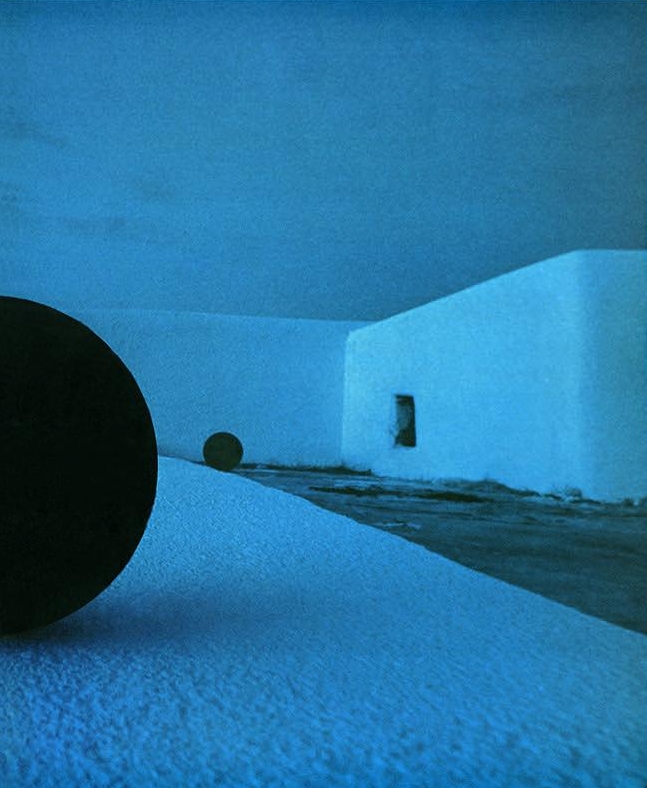The Many Sides of Mary Lou Williams

The Many Sides of Mary Lou Williams, or Adventures with Admiral Analog, Part 1 of 8
Why Mary Lou Williams? We heard the Mary Lou Williams Trio at Listening Party 17 on Kansas City jazz and odds are we will hear her again at the upcoming Listening Party 20 on ragtime jazz. She is one of the most widely credited progenitors of stride piano and was an important mentor to jazz giants Bud Powell and Thelonious Monk. It just so happened that Williams' Free Spirits was recently for sale at Admiral Analog's Audio Assortment in beautiful Shepherdstown, West Virginia. (We will be discussing Admiral Analog much more in our upcoming posts.) So we begin this post with Free Spirits, before taking a deeper look at some of the different album cover designs that have graced Williams' records over her career.
Free Spirits was recorded in 1975 by Steeple Chase Records and licensed to Inner City Records.
Williams in Europe
Nils Winther founded SteepleChase Records in his native Copenhagen, Denmark in 1972 because he was in awe of the amazing American expatriates playing jazz there. Many American jazz musicians had suffered a decline in recording opportunities in the United States and SteepleChase became an important label for keeping jazz alive in the 1970s and 1980s. For the album cover of his 1975 recording with Mary Lou Williams, Winther used his own photograph of Williams (then 65 years old) at the piano during the recording session. The pianist was well known to Copenhagen audiences; when local jazz critic Timme Rosenkrantz opened a venue there in 1968, Mary Lou Williams was the very first to play a public show. By the time of the Free Spirits recording session, Rosenkrantz had passed, and so Williams penned Blues for Timme just for this recording date. It is the only tune Williams wrote for the album and, not surprisingly, it is probably the best of the seven tracks.
Mary Lou and David
David Stone Martin met Mary Lou Williams at the famous Cafe Society in 1943 at a moment when both of them were brand new in New York City. When Williams' next album was pressed in 1944, Martin's art work graced the cover. The two would go on to collaborate on at least another half dozen covers over the coming decades.
Martin's design for Mary Lou Williams Trio, Asch Records, 1944
David Stone Martin designed more than 400 album covers (as well as dozens of covers for Time and Life magazines) for different artists but consistently returned to a linear, illustrative look throughout his career designing covers. His indebtedness to the artist Ben Shahn, a one-time colleague, has been well documented. But less commented upon is the fact that his work must have surely been an influence for young designer Andy Warhol.
Martin's design for Black Christ of the Andes, Mary Records, 1964
After a four year break from public performances, Williams created Black Christ of the Andes in the early 1960s as a public affirmation of her renewed interest in Catholicism. The title references Peruvian Catholic saint Martin de Porres, now known as the patron saint of racial harmony. The cover designed by Martin for Mary Records references both the musician (the hands of the pianist) and the religious content (clasping hands to pray). A different version of the album on MPS Records featured a dramatic photograph by Charles Stewart, who would go on to document some of the most important recording sessions in jazz history.
Charles Stewart's photo for Mary Lou Williams, Black Christ of the Andes, MPS Records, 1964.
Recognized as a Legend
Our last stop on this idiosyncratic review of Mary Lou Williams' album covers involves a project well-suited to the pianist who helped define the Kansas City sound. In 1970, the Smithsonian's archive project, Folkway Recordings, approached Williams to record an oral history of her career in jazz. Over the course of an hour on The History of Jazz: Mary Lou Williams, she talks about how different forms of jazz that she bore witness to, or helped create herself, were played and disseminated. The Smithsonian chose to adorn the cover of this album with the work of another innovator, the painter Joan Miró.
This edition of The History of Jazz featured Joan Miró's Woman Encircled by the Flight of a Bird (1940).
Miró was a pioneer in the European avant-garde visual art scene of the early twentieth century. He is commonly used as a quintessential example of Fauvism and Surrealism, and is still held up as an artistic hero by Catalan people today. Both Williams and Miró were forging ahead artistically on their respective continents in the first half of the twentieth century; in the latter half their greater opportunities came on each other's side of the Atlantic.
The Smithsonian printed the album with a black-and-white version of Miro's Woman Encircled by the Flight of a Bird. You can enjoy a color version of the work below, which was created in 1940/41, a time when many in Europe, including the artist, were trying to escape the tightening snare of the German army. The tragedy of WWII produced some of Miro's best series of work however, including Woman Encircled... from his Constellations series.
Further Reading
Ephemera Press created an exhibition that explored the fruitful relationship between David Stone Martin and Mary Lou Williams in 2013. More info here.
NPR devoted an article to "Mary Lou Williams' Choral Masterpiece" Black Christ of the Andes. You can read a detailed synopsis of that album here.
If you like the Charles Stewart version of the Black Christ of the Andes, check out our previous post about his album design work.
Joan Miró's legacy is enshrined in the museum that bears his name to this day. Read more about this painter on the website of the Fundació Joan Miró.










